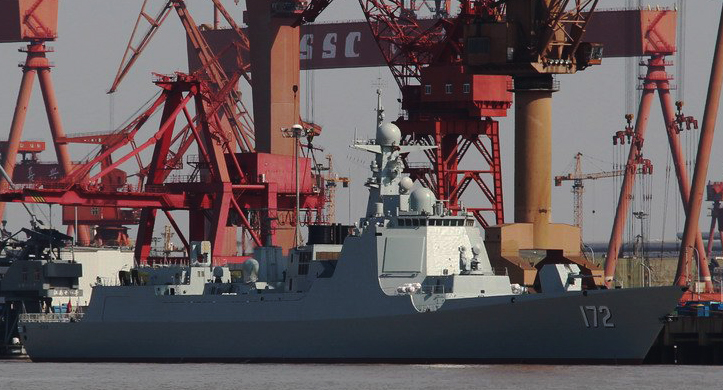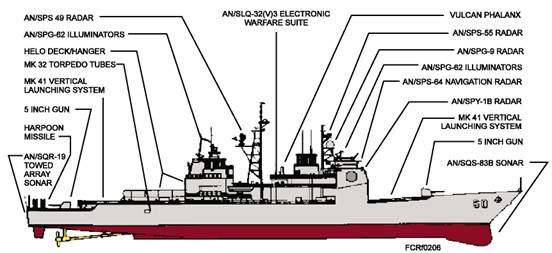LOL, Even 730 depends on data from an external search radar. What you refer to is closed system, without man in the loop. That doesn't mean AK630 performs worse, though.
Why would you do that for a brand new ship....
Mk 99 = Missile Fire Control System
The radar system associated with the Mk 99 MFCS is the missile illuminator AN/SPG-62.
AN/SPG-62 RADAR.: I/JBand fire control radar.
The SPY-1 radar system detects and tracks targets and then points the SPG-62 toward the target, which in turn provides illumination for the terminal guidance of SM-2 missiles.
In order to track a target, you need a very narrow beam of RF energy. The narrower the beam, the more accurately you can tell if you have one target or multiple targets (this is called radar resolution). This narrow beam radar is normally a second radar that works with a primary search or track radar. The AN/SPG-62 illuminating radar works as a second radar with the AN/SPY-1 series radar.
E.g. on Ticonderoga class cruisers:
SM-2 is a SEMI-ACTIVE RADAR HOMING missile, which means it homes in on the reflection of radar energy from a target. The AN/SPG-62 is the radar that 'paints' the target with radar energy, causing the target to reflect radar energy that the missila can home in on.














